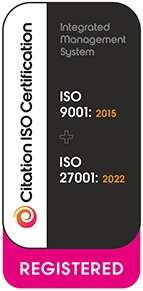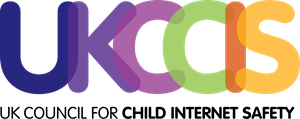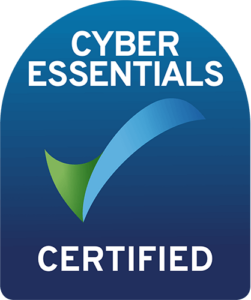In this article, the sixth and final one of our online safety series, we wrap up with some practical advice for educators in Senior Leadership Teams.
This includes tips for curriculum planning, technology filtering & monitoring, and implementing a comprehensive approach to online safety in schools.
Curriculum Planning
Designing a curriculum to address online safety can be challenging, especially considering the overlap with subjects like PSHE, RE, REC, and health and wellbeing.
If you’re grappling with what to include for each year group, consider reviewing the framework Education for a Connected World. This framework, which the Department for Education (DfE) frequently refers to, outlines what students should know across eight different subject areas and across all year groups.
It’s clear, concise, and valuable guidance for curriculum planning. Moreover, free resources that complement this framework are available at projectevolve.co.uk, having been released in December 2019.
The Role of Technology in School Safety
Internet filters have been a staple in schools for many years, but their function is basic—they either block or allow pages or sites based on set user restrictions. However, as technology has advanced, so have its applications in the classroom.
While filters merely block or allow web activity, today’s technology offers a broader scope for risk and risk mitigation. Monitoring software, which I personally prefer over filtering software, allows for context.
It also operates regardless of the device in use. Remember, it’s vital to risk assess the use of filtering and monitoring technology in your school.
Consider a small primary school where the teacher can visibly monitor all computer screens—a good risk assessment example. However, in larger primary or secondary schools where technology is widespread and unsupervised, risks increase.
In such cases, incidents such as school email systems being misused or students attempting to access self-harm information can occur. While filters block harmful websites, without a monitoring system, serious issues might go unnoticed.
Managing Online Safety in Schools
Administering online safety in school is a complex, time-consuming task. Numerous factors come into play—technology, curriculum content, the impact on students, in-school and out-of-school issues, parental engagement, and more.
Due to the breadth and depth of these aspects, a whole school approach is crucial. It’s unreasonable to expect one person to have all the knowledge or answers. Multiple people must be involved, and the process needs careful management.
If you’re not familiar with 360 safe, it’s a free self-assessment tool that’s worth exploring. It enables you to assess your current online safety practices against an acceptable standard in various areas, then provides advice for improvement.
This tool requires some time and effort, but if you’re just starting, view it as a strategy or roadmap rather than an immediate task. Identify your strengths and weaknesses, and prioritize accordingly.
Wrapping Up
For curriculum planning, remember that planning is vital. Use resources from Project Evolve as a guide—they’re not mandatory but will give you many ideas. And most importantly, don’t try to do everything all at once.
Employ the 360 safe tool to evaluate your current whole-school approach and create a plan to address any gaps. Remember, one person can’t manage everything. There are too many facets, each requiring specific knowledge and experience. Therefore, gather a working group if possible.
Taking these steps will put you on the right path to creating a safe and beneficial online environment for your students.






